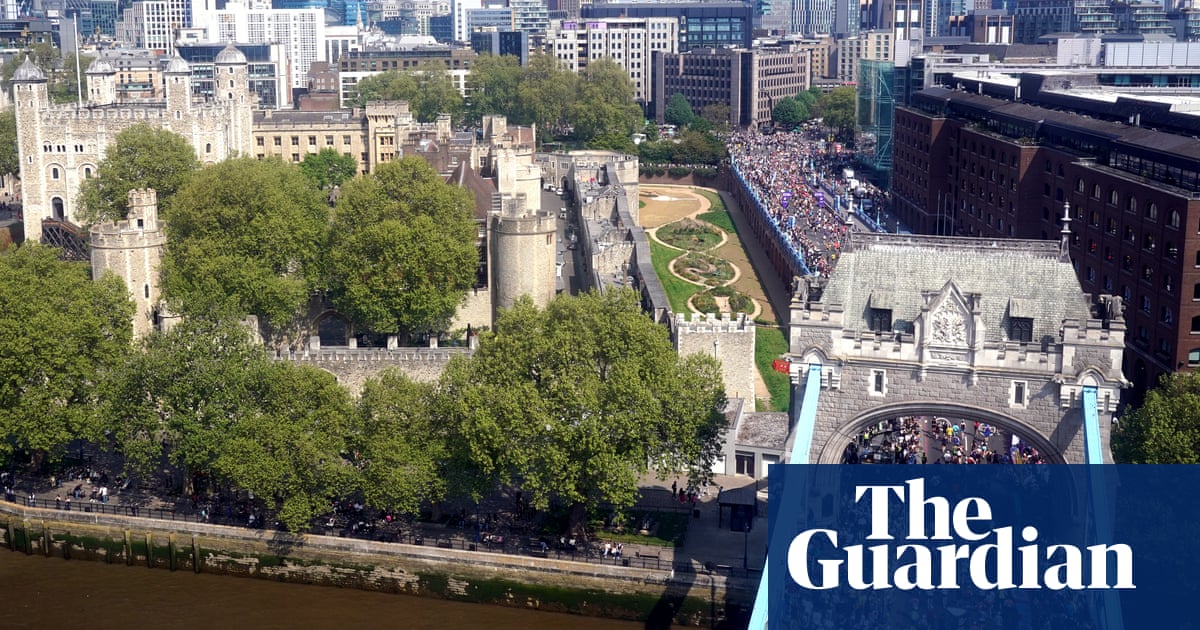It must be hard for the College of Cardinals gathered in the Sistine Chapel not to gawp at Michelangelo’s frescoes when they should be thinking only of electing a new pope. The only flaw in Robert Harris’s brilliant novel of clerical politics Conclave is that, as they scheme, none of the prelates seem bothered about the ceiling Michelangelo painted with scenes from Genesis between 1508 and 1512 or the Last Judgment he painted on the altar wall much later, from 1536 to 1541 – let alone the earlier paintings by Botticelli and others on the side walls.
When a bomb blows in a window in last year’s award-winning film of the book, the conclave carries on without even pausing for restorers to check the damage. As if.
But if cardinals do glance upward to the painted heavens or sidelong at the fires of hell behind the altar, how could Michelangelo’s two fresco masterpieces stimulate or challenge them in their mighty choice?
The Sistine contains warnings as well as inspirations from history, for Renaissance papal elections made the film look tame. The election in 1503 that awarded Giuliano della Rovere the papacy and enabled him as Pope Julius II to commission Michelangelo’s ceiling was a tense factional struggle in a college that the previous pope’s son, Cesare Borgia, had under his thumb. By chance, Cesare fell ill, which allowed his enemy Julius to take power and destroy the Borgias. And Julius’s desire to beautify the chapel with Michelangelo’s art was itself dynastic – the Sistine was shaped by Julius’s uncle, Pope Sixtus IV, so he was adding to the glory of the Della Rovere clan. All very spiritual.
While the Renaissance papacy that created the chapel was bloody and ruthless, Michelangelo was someone to look up to. Everything about his frescoes testifies to a personal example of courage, integrity and Christian faith that should help the electors think about the virtues of an ideal pope.
His towering pictures also point to the church’s need for reform. Full recognition of gay rights would be accepted by a pope who understood the Last Judgment. Michelangelo painted it after he had recently declared his “neoplatonic” love for a young nobleman in poetry, drawings and letters. This heroic assertion of the beauty and dignity of same-sex love, in an age when you could be burned at the stake for “sodomy”, is reflected in his portrayal of men kissing in heaven.
A puritanical backlash led to the male nudes being bowdlerised with draperies soon after Michelangelo’s death. In fact, even with some of the draperies still in place, any cardinal who looks around will see so many nudes above and around them, it is impossible to escape Michelangelo’s challenge to the Christian equation of sin and sexuality that goes back to St Paul.
This devout yet independent thinker challenges today’s church with a fundamental question: can it really be moral and godly without adopting a more honest attitude to the human body and its desires?
1

Pope Julius II’s theologians proposed a complicated plan for the Sistine ceiling but Michelangelo rejected it and came up with his own design in which the creativity of God mirrors that of the artist himself.
God is not only human but fleshy in Michelangelo’s intimate vision. As he whirls in space, creating the sun and the moon, we get a huge view of his buttocks through tight purple fabric. In High Renaissance Rome, such free thought was accepted – Michelangelo freely mixed up Christianity and pagan philosophy. A lesson for the cardinals to loosen up on doctrinal pedantry perhaps?
2

Michelangelo depicts an array of Old Testament prophets and pagan Roman prophetesses – this one is the Libyan Sibyl – who witness and frame his scenes from Genesis. While they are conventionally explained as “precursors” of Christianity, Michelangelo’s art may reflect the more radical teaching of Pico della Mirandola and other thinkers who mentored him as a teenager in Florence.
Pico claimed that pagan, Jewish and Islamic ideas, including Kabbalistic magic, are compatible with Christianity. Looking up may encourage the cardinals to embrace religious relativism.
3

Michelangelo set his biblical scenes within multilayered, trompe l’oeil architecture, confusing you about where the gothic vaulting ends and his art begins: is that a real pedestal or just paint? Is that goat skull flat or solid? A bored cardinal idly looking up at these playful quirks may remember that appearances are often deceptive – useful to know amid the intricacies of clerical politics.
4

Any cardinal tormented by ambition to “win” this election should reflect on Michelangelo’s surprising self-portrait in the Last Judgment.
He depicts himself as a bag of skin, flayed off, his bearded face an empty, distorted mask. He was as famous as the pope when he painted this, yet portrays himself at the height of his career as a husk. It’s a lesson in humility.
5

Michelangelo broke with the convention in which the blessed and damned at the Last Judgment stand on either side of such scenes, and brilliantly rethought it as a vertical composition in which those awaiting salvation and damnation are expressed rising heavenwards or falling to hell. To sit in the conclave and see this must fill you with the longing to be lofty, to rise to the moment, to go high – and not be dragged down by base calculations or corruption.
6

Inspired by Dante, Michelangelo painted the ass-eared Minos, judge of the underworld – the number of times a serpent coils about him shows to which circle of hell the damned soul is condemned.
Michelangelo is said to have given Minos the face of a clerical official who accused him of turning the Sistine into a “bath house” with his nudes. This was his caustic response to this bigot, who in an ironic twist has his penis chewed forever by the serpent.
The message here is: how can Catholicism refuse full sexual justice when its own greatest artist is such a heroic example of a Christian gay man?

 9 hours ago
4
9 hours ago
4













































